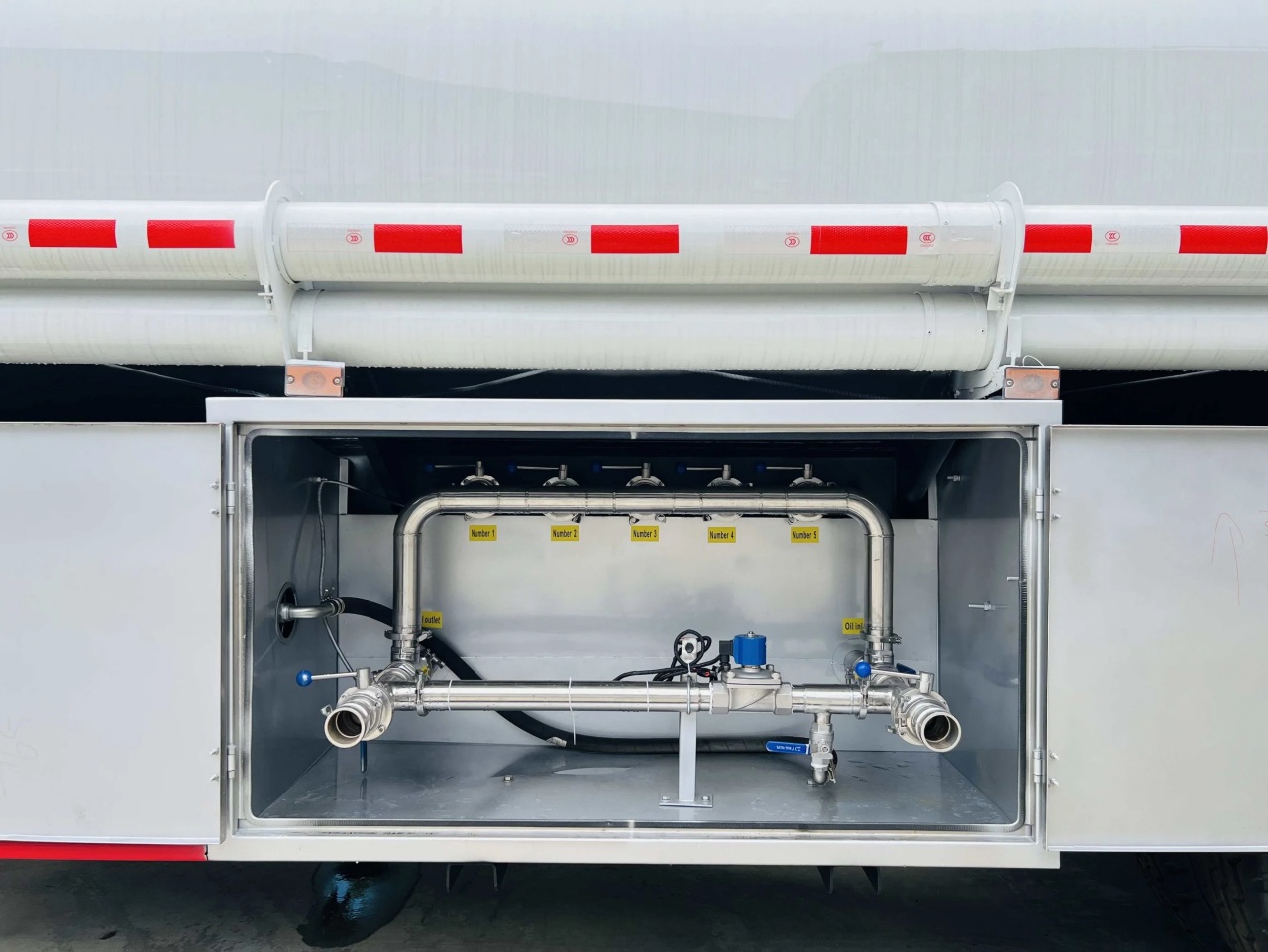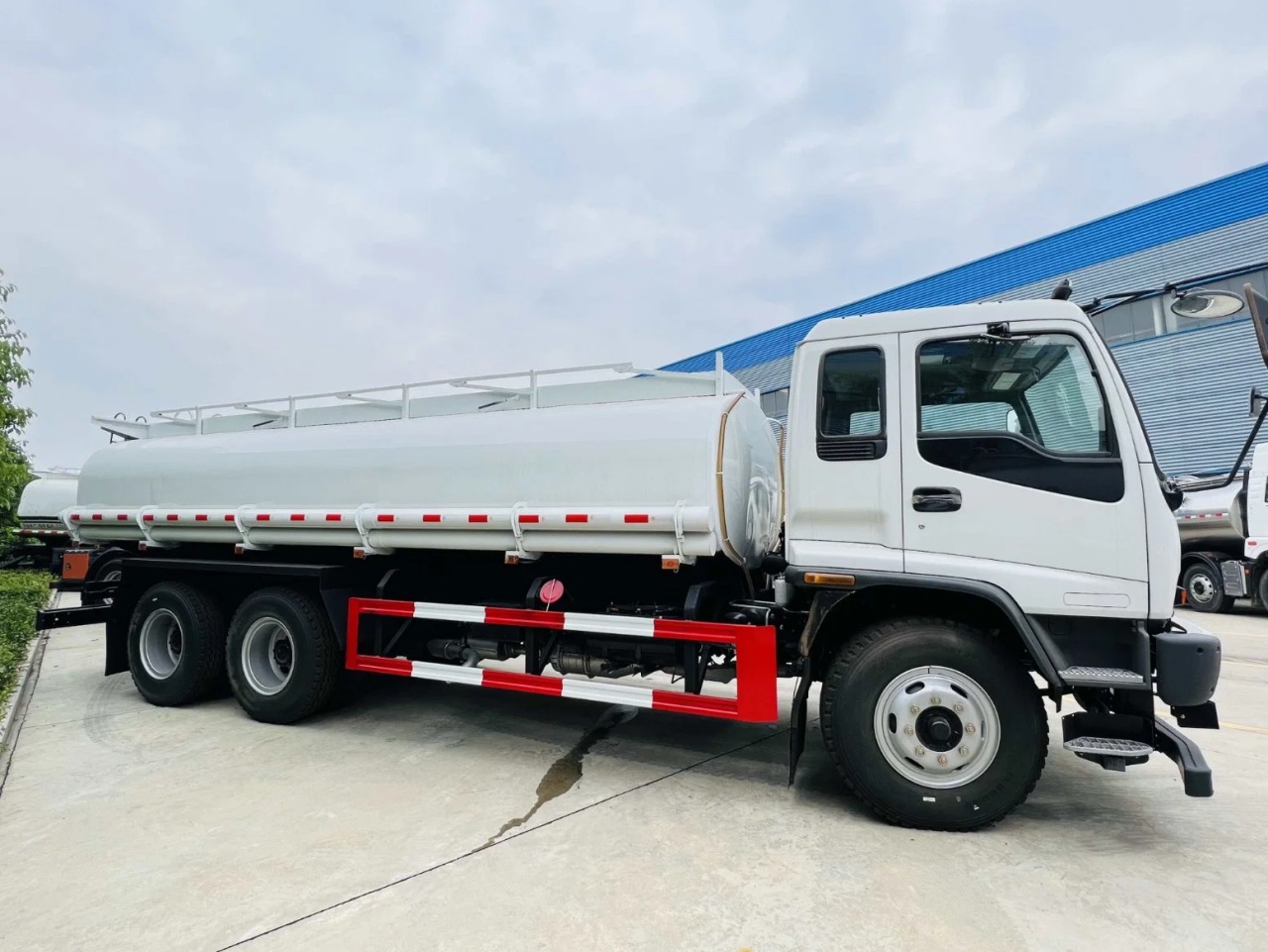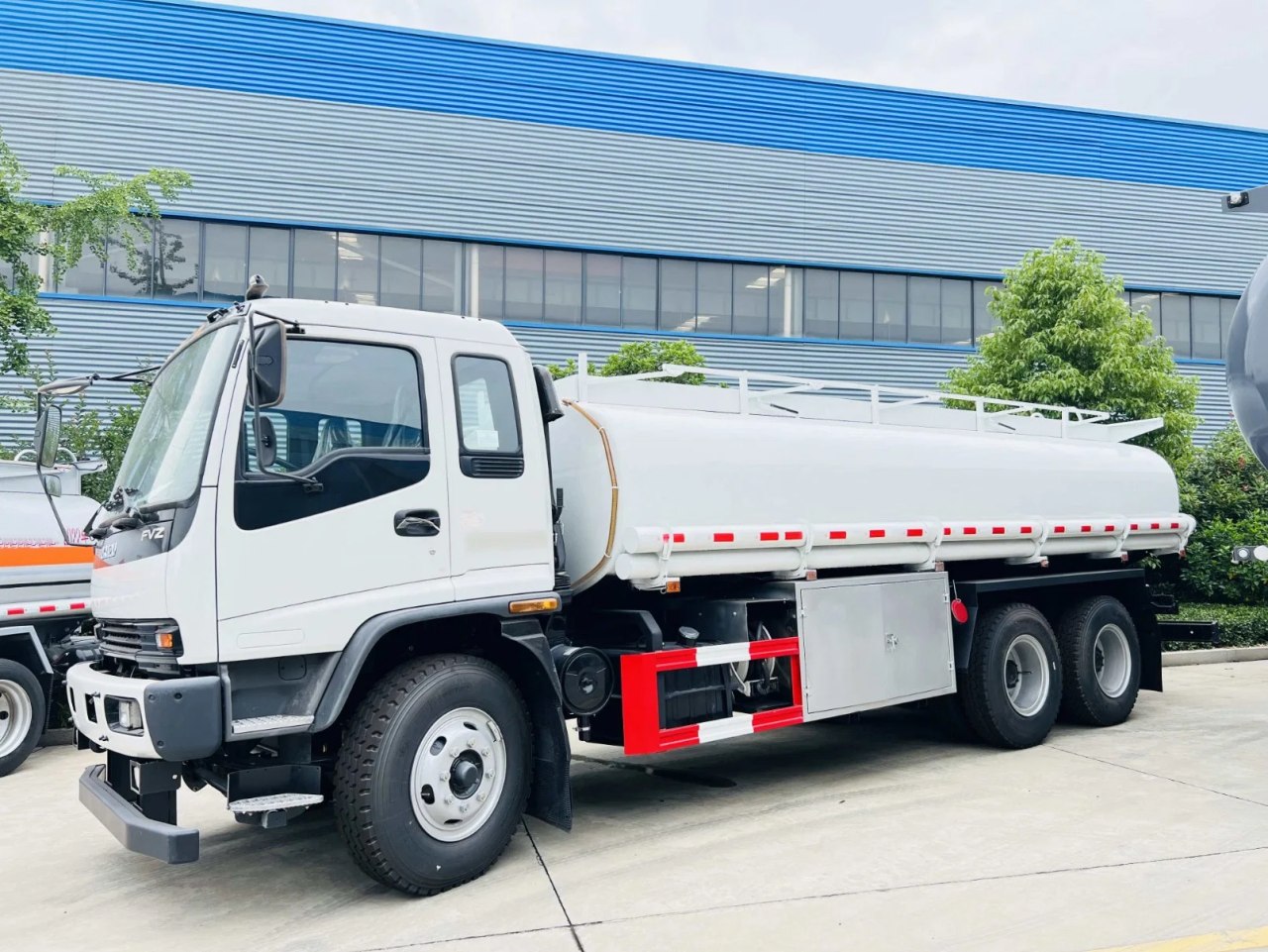In the world of agriculture and food logistics, the term “milk lorry” is quite common, especially in dairy-producing regions. A milk lorry, also known as a milk tanker truck, is a specialized vehicle designed for the transportation of large volumes of liquid milk from dairy farms to processing plants. These trucks play a critical role in ensuring that milk reaches consumers in a safe, fresh, and timely manner. But what exactly makes a milk lorry different from other tankers, and how does it work? Let’s dive deep into the details.
The Role of Milk Lorries in the Dairy Supply Chain
Milk is a highly perishable commodity. Once it is harvested from cows, it must be quickly transported under strict sanitary conditions to prevent spoilage and contamination. This is where milk lorries come into the picture.
Milk lorries serve as a vital link in the dairy supply chain. They collect raw milk from multiple farms and deliver it to processing plants where it is pasteurized, packaged, and distributed for retail. Without these specialized trucks, the entire dairy industry would struggle to function efficiently.
Design and Construction of a Milk Lorry
Milk lorries are typically built on a truck chassis and fitted with insulated stainless-steel tanks. The design prioritizes hygiene, temperature control, and ease of cleaning. Let’s break down the components:
1. Stainless Steel Tank
The tank is made of food-grade stainless steel, which is resistant to corrosion and easy to clean. This is essential for maintaining milk purity and preventing the growth of bacteria. Many milk lorries have multiple compartments to allow collection from different farms without mixing the contents.
2. Insulation Layer
Milk must be kept cool to remain fresh. The tanks are equipped with thick insulation layers, usually made of polyurethane foam, to maintain the milk at a temperature around 4°C (39°F) during transit. Some milk lorries are equipped with refrigeration units, especially for long-distance transport or in hot climates.
3. Milk Pump and Metering System
Milk lorries are equipped with sanitary pumps and flow meters. These systems allow the operator to draw milk from farm bulk tanks, measure the volume collected, and pump it into the lorry’s tank without contamination. Modern systems are often automated and can even test milk quality on the spot.
4. CIP (Clean-In-Place) System
Hygiene is paramount. Milk lorries come with integrated CIP systems, which allow for thorough internal cleaning of the tanks and piping without needing to disassemble the equipment. This ensures the tank is sanitized between loads.
Capacity and Configuration
The size of a milk lorry varies depending on its use and regional regulations. Here are typical configurations:
- Small Milk Lorries (2,000 – 5,000 liters): Used for farm collection in hilly or rural areas with limited road access.
- Medium Milk Lorries (5,000 – 15,000 liters): Common in regional distribution or for small processing plants.
- Large Milk Tanker Trailers (20,000 – 35,000+ liters): These are tractor-trailer combinations used for bulk transport between farms and central dairies.
Some milk lorries are rigid trucks with an integrated cab and tank, while others are semi-trailer combinations used for long-distance transport.
Operation and Logistics
Operating a milk lorry is a specialized job. Drivers are trained not only in handling large vehicles but also in sanitary procedures, milk sampling, and quality testing.
1. Milk Collection
Milk is collected directly from refrigerated bulk tanks at farms. The lorry’s pump and hoses are connected to the outlet valve of the farm tank. Before loading, a sample is usually taken for laboratory testing to check for contamination, temperature, and composition (like fat content).
2. Documentation
Each load is recorded with details like volume, temperature, source farm, and sampling information. This ensures traceability and helps processors manage supply chains efficiently.
3. Delivery
Once full, the milk lorry heads to the processing facility. Upon arrival, the milk is transferred to storage silos and tested again. The lorry is then cleaned and prepared for the next trip.
Regulations and Safety
Due to the sensitivity of dairy products, milk lorries must adhere to strict regulations:
- Hygiene Standards: Governed by food safety authorities in each country, including procedures for cleaning and sanitizing.
- Temperature Control: Insulated or refrigerated tanks must maintain milk at safe temperatures.
- Material Standards: Tanks and pipes must use food-safe materials like stainless steel.
- Traceability Requirements: Every batch of milk must be traceable back to its origin farm.
Failure to meet these standards can result in contamination, spoilage, or even legal penalties.
Technological Advancements in Milk Lorries
Modern milk lorries are increasingly sophisticated. Here are a few advancements:
– Digital Monitoring
Sensors now monitor milk temperature, volume, and even the condition of the milk (e.g., pH level). This data can be transmitted in real-time to processors, enabling better planning and quality control.
– GPS and Routing Software
To improve efficiency, milk lorries use GPS tracking and route optimization software to reduce fuel usage and collect from the maximum number of farms per trip.
– Automated Sampling
New systems allow for hands-free milk sampling, reducing the risk of contamination and human error.
Milk Lorry vs. Other Liquid Tankers
While a milk lorry may resemble other liquid tankers at first glance, several key differences set it apart:
| Feature | Milk Lorry | Fuel Tanker | Water Tanker |
|---|---|---|---|
| Material | Food-grade stainless steel | Carbon steel or aluminum | Steel or plastic |
| Hygiene | Extremely high | Moderate | Moderate |
| Temperature Control | Insulated/Refrigerated | None | Sometimes |
| Usage | Raw milk | Gasoline, diesel | Potable or non-potable water |
| Internal Cleaning | CIP systems | Less frequent | Basic cleaning |
Milk lorries are purpose-built to handle a fragile, consumable product under strict conditions.
Conclusion
A milk lorry is much more than just a truck—it’s a critical component of the dairy industry’s supply chain. From its food-grade stainless steel tank and insulation systems to its meticulous hygiene protocols and real-time data collection, the milk lorry ensures that milk travels from the farm to the processing plant safely, efficiently, and in peak condition.
Without milk lorries, the modern dairy industry would struggle to meet the demands of millions of consumers who rely on fresh milk every day. As technology continues to evolve, these trucks will only become more efficient, sustainable, and smart, keeping pace with the growing global demand for dairy.






